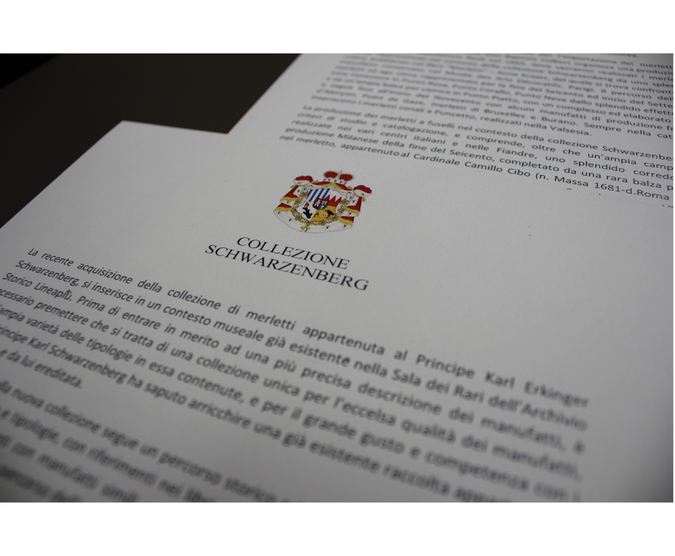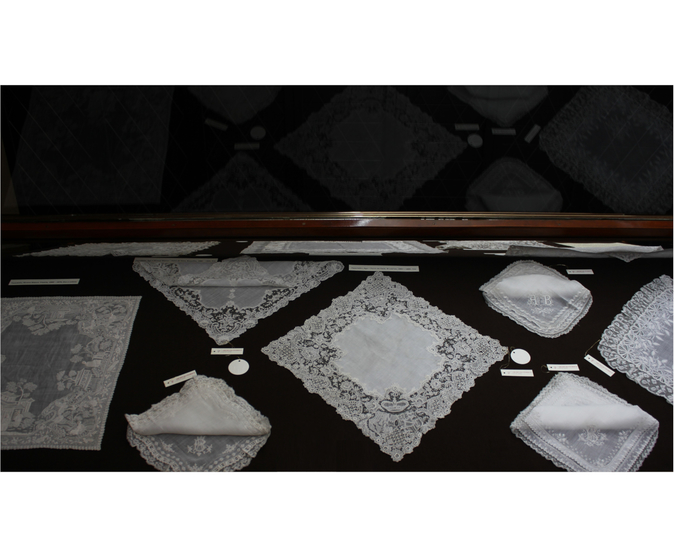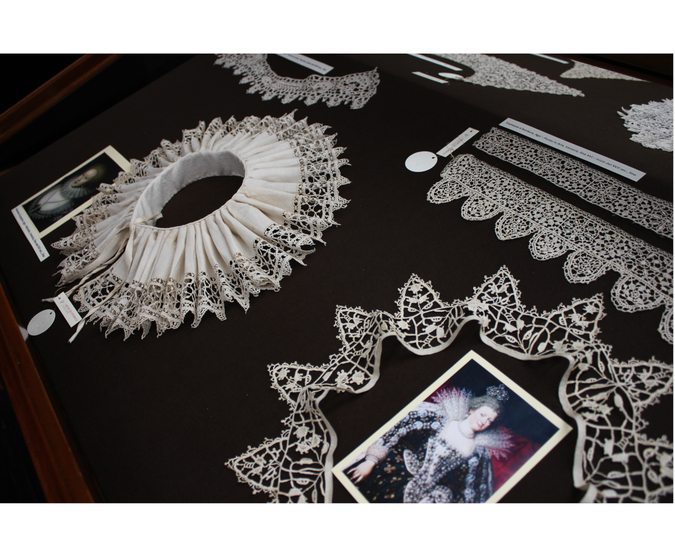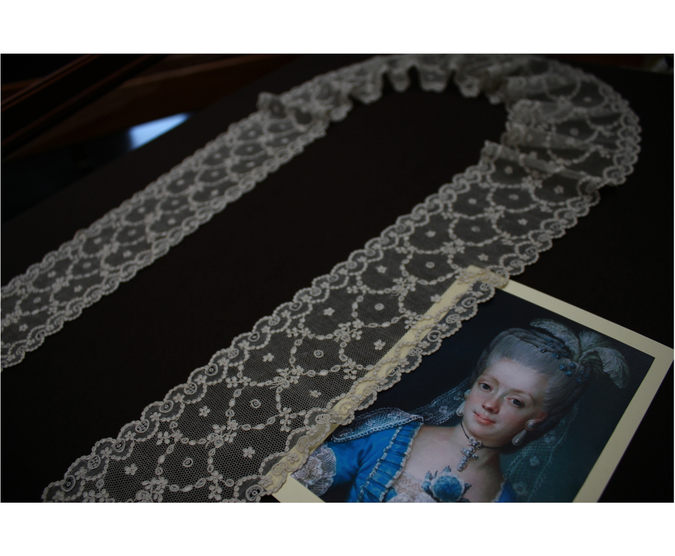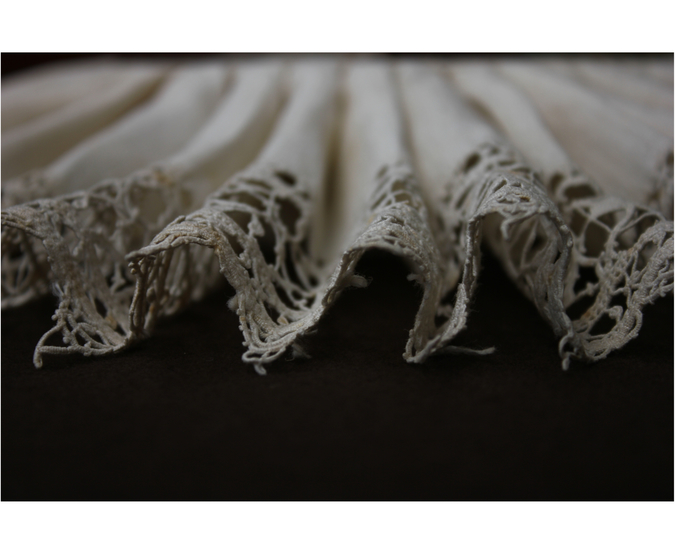The Lineapiù Historical Archive grows thanks to the acquisition of the Schwarzenberg collection, a one-of-a-kind archival collection made up of 252 extremely rare laces
Five centuries of European history find an opportunity to tell through the extraordinary laces that today enrich the "Sala dei Rari".
A collection where the love for beauty and the study of fabrics come together to create a unique set of laces and embroidery available to scholars and enthusiasts.
The history of lace in the Schwarzenberg collection
The recent acquisition of the laces' collection that belonged to Prince Karl Erkinger Schwarzenberg is part of a museum context that already exists in the Sala dei Rari of the Lineapiù Historical Archive. A unique collection for the excellent quality of the artifacts, for the wide variety of types contained therein, and for the great competence with which the Prince has been able to enrich the collection he inherited: a total of 252 exceptional artifacts workmanship capable of telling the art of lace and its history from the 16th century to the 20th century. A new sign dedicated to the relationship between conservation and collecting, documentation and study, manufacturing history and artistic research.
The set up of the new collection follows a historical and intuitive path, arranged by era, production centers and types, with comparisons with similar artifacts preserved in the various collections of museums around the world, offering a path of stylistic evolution in fashion.
It starts from the embroidery in Punto Antico that dates back to the origins of the evolution of lace in the first half of the 16th century up to a collection of fifteen handkerchiefs made in white embroidery from the second half of the 19th century and some examples of needle lace reproduced by the School of twentieth century Burano lace.
The collection is accompanied by descriptive technical sheets flanked by photographs for each artifact to best document the various manufactures and manufacturing techniques through the different eras. In this way, a "cultural asset" becomes available for consultation by scholars specializing in the field of fashion and artistic production, which can become a subject of study in the field of
|



